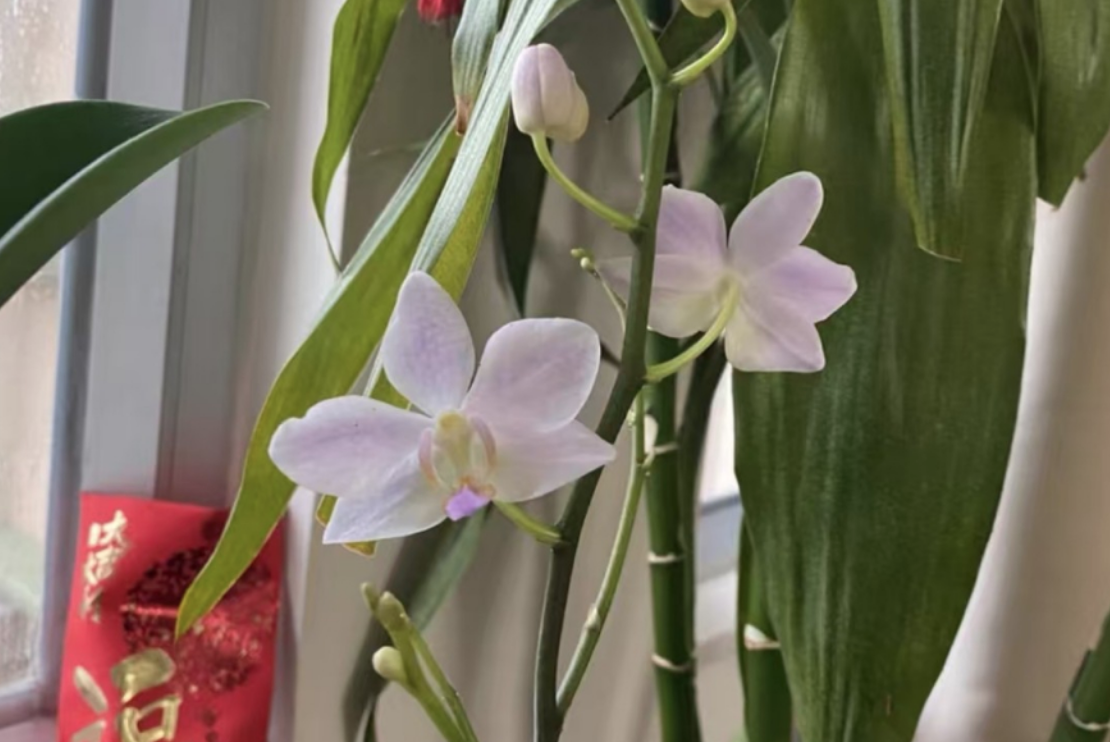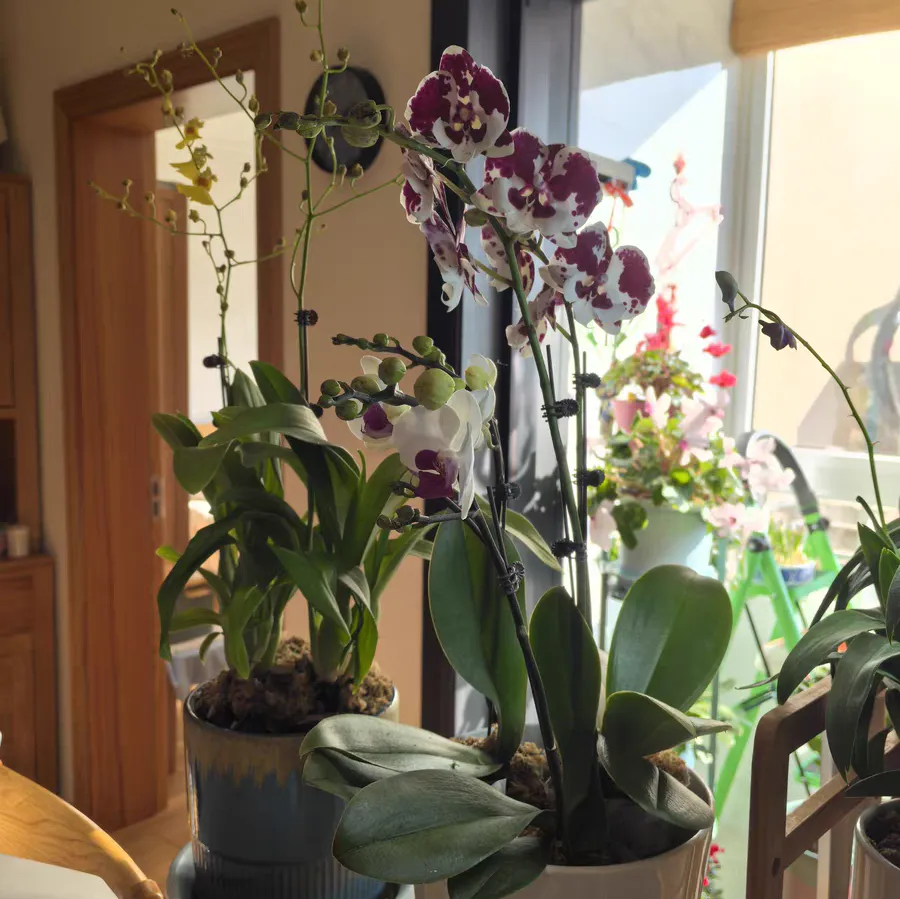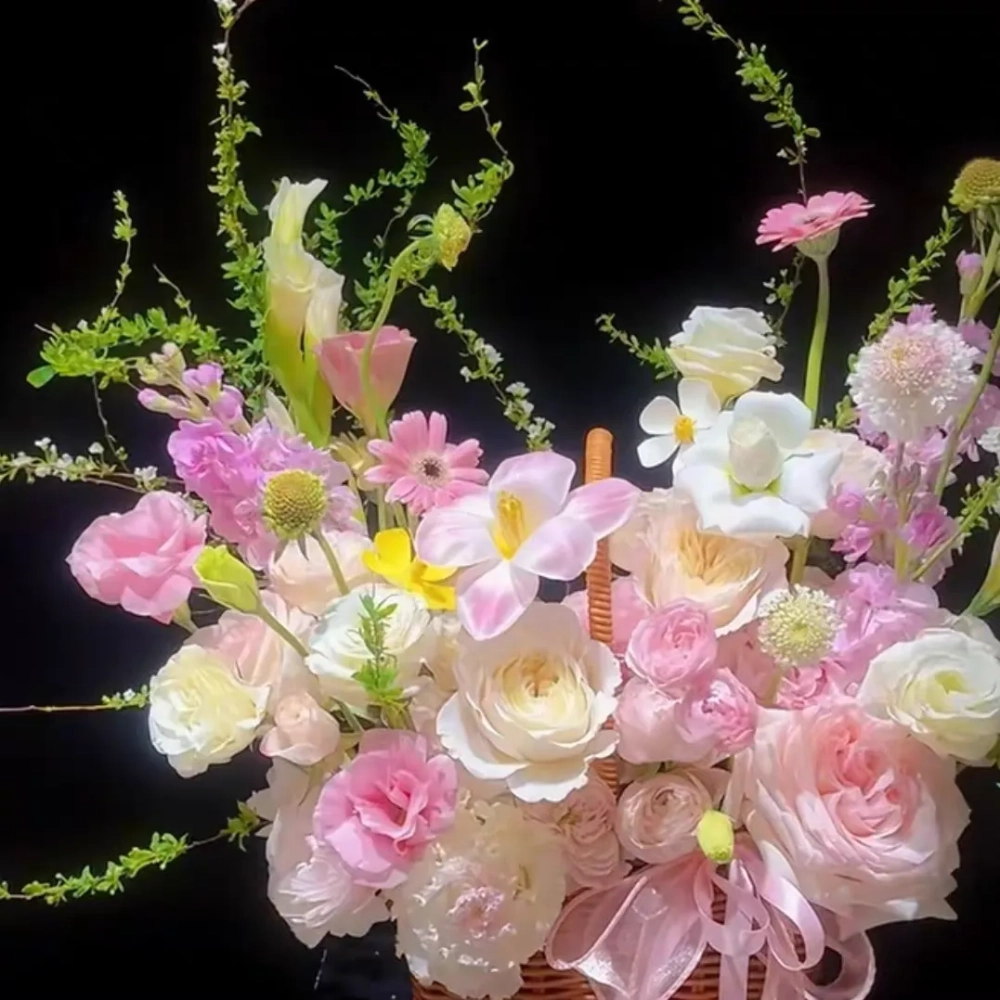As we all know, in the world of flowers, the orchidaceae - Phalaenopsis, known as the "noble of flowers", is the favorite among most flower - lovers. The reason is that it has unique butterfly - shaped flowers, which can be fascinating whether viewed from a distance or up close. However, it's not as easy as one might think to take good care of Phalaenopsis. The most difficult point is that one doesn't know how to provide it with enough nutrients and what symptoms indicate that it's "hungry". The following text will uncover these mysteries. Let's take a look together.
The symptoms of a "hungry" Phalaenopsis mostly include a failure to bloom during the flowering period and increasingly dull - looking leaves. When you see a Phalaenopsis in such a condition, it's a sign that it needs nutrients. How can you supplement nutrients scientifically? First of all, of course, it's necessary to provide it with appropriate fertilizers. Specifically, it prefers thin and easily - absorbed fertilizers by nature. You can choose fertilizers containing essential elements such as nitrogen, phosphorus, and potassium. If you don't know how to mix them, you can also directly choose special orchid fertilizers or diluted compound fertilizers. When using fertilizers, be careful not to use fertilizers with too high a concentration to avoid burning the roots.
Secondly, fertilizers should not be added every day. The addition should depend on the growth period of the Phalaenopsis, following the principle of "frequent application of thin fertilizers". This means fertilizing once every 15 - 20 days before the flowering period, and the frequency of fertilization can be appropriately increased during the peak fertilization period. This can promote flower - bud differentiation. In winter, when the nutrient requirements are low, fertilization can be stopped directly. Finally, as for the fertilization method, when fertilizing, an appropriate amount of fertilizer can be dissolved in water first, and then slowly poured into the soil of the flowerpot from the side of the pot. During the process of pouring, never sprinkle it directly on the leaves or flowers, otherwise, it's easy to cause burns.
In addition, after fertilization, it's necessary to closely monitor the growth of the Phalaenopsis. If the leaves become greener or the flowers more vivid, it proves that the fertilization is effective. If the leaves continue to turn yellow, curl, etc., it proves that the pouring skills have not been mastered. It may be due to over - fertilization or too high a fertilizer concentration. At this time, fertilization should be stopped immediately and the soil should be rinsed.
What should I do if the phalaenopsis stops fertilizing and has no flower buds?

Share with
Tagged in :




Leave a Reply